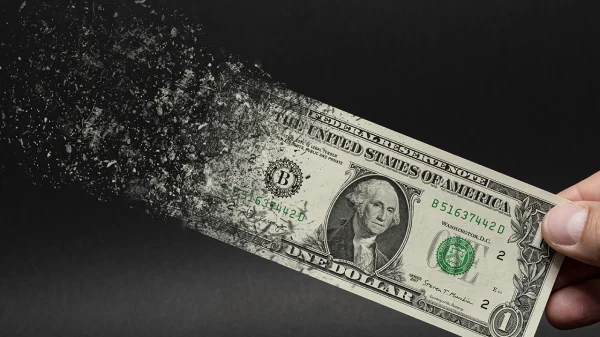If you are struggling with your digital investment here’s why!

Learn about cryptocurrency inflation (Photo: Forkast News)
Recognizing cryptocurrency inflation
The rate at which new currencies are validated and added to a block through mining is known as cryptocurrency inflation. These rates have been predetermined by a procedure or set of rules. It acts as inspiration. Miners are encouraged to stay active in the network. When there are active members, there is more activity and security.
There are several benefits to cryptocurrency inflation. A continuous supply, set amounts that are resistant to ordinary inflation, specific inflation-controlling laws, and decentralization are some of them. Benefits come with imminent drawbacks. Volatility, a lack of regulation, security problems, limited acceptability, and other issues are some of the negatives of cryptocurrency inflation.
The rate at which new currencies are validated and added to a block through mining is known as cryptocurrency inflation. These are predetermined by a procedure or set of rules.
READ ALSO: Choosing the Best Tool for Crypto Tax Calculators: A Comprehensive Guide
Let’s take a look back at cryptocurrency inflation
Numerous cryptocurrencies have emerged in recent years, such as Litecoin and Dogecoin. While some coins abide by the same performance as Bitcoin to regulate inflation, the inflation rate for Ethereum and other digital currencies tends to vary. The consensus mechanism of the network determines the rate, which may alter depending on the network’s requirements for generating new coins quickly.
The Bitcoin system generates new coins through its transaction network. The real identity of Satoshi, the individual or group behind the pseudonym, remains a mystery. Every four years, the mining rate of bitcoins is halved, and the market supply of Bitcoin is capped at 21 million coins. According to Bitcoin history, it was introduced to the public in 2009 by Satoshi Nakamoto.
When all 21 million coins are released on the crypto market, the accumulation rate of Bitcoin will reach zero.






































